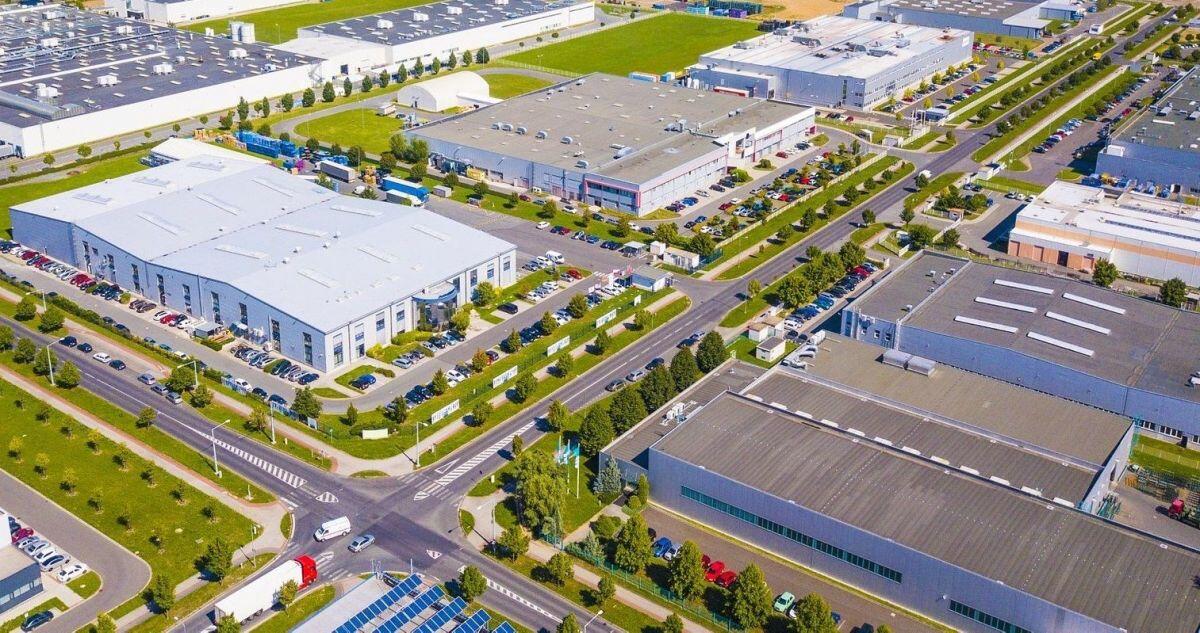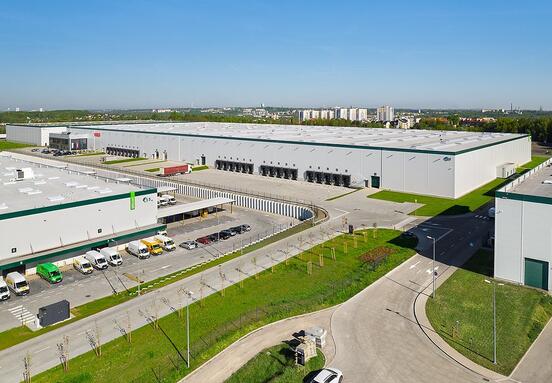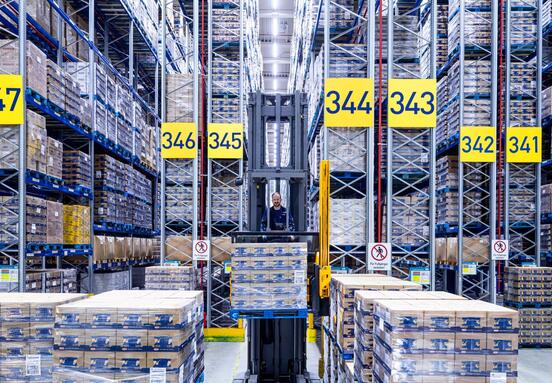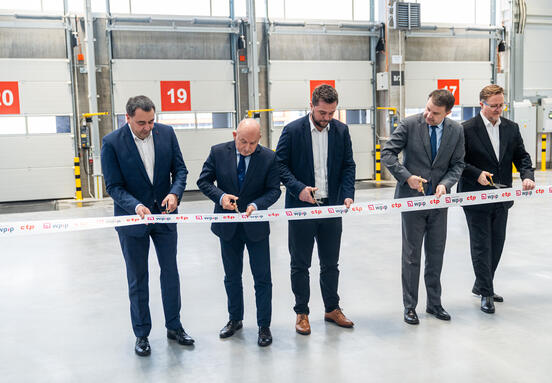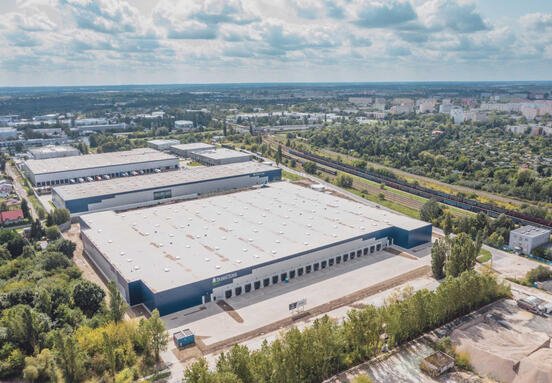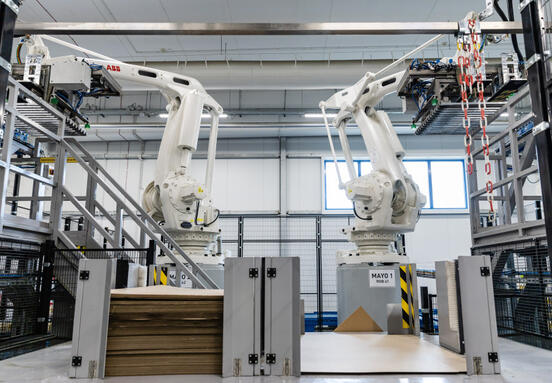In the latest report, BNP Paribas Real Estate Poland indicates that logistics, warehouse and industrial space in Poland are approaching the ceiling of 24 million sq m. Currently, the country has over 23.8 million sq m. warehouses. The sector's good condition and optimism are also evidenced by the record-high construction traffic. At the end of last year, work was carried out on newly built facilities with a total area of over 4.6 million sq m. For comparison, this is a result more than twice as high as at the end of 2020 (2 million sq m on construction sites) and at the end of 2019 (1.9 million sq m).
In 2021, the Polish warehouse market recorded a record gross demand of over 7.3 million sq m. area, which was the result of 40 percent. better than that from 2020 and by as much as 80 percent. higher than in 2019. The authors of the report calculated that despite the huge supply and millions of square meters under construction, the vacancy rate at the end of last year was only 3.9 percent. It was significantly lower than at the end of 2020 (6.9%) or the end of 2019 (7.4%).
The second year of the pandemic for the logistics and warehouse space sector was also record-breaking in terms of the supply of new facilities. Over 3 million sq m was delivered to the market within twelve months. area, with over 300 thousand. sq m more than in the record year 2019 so far.
Today it is clear to see how much the business success of many companies is determined by efficiently organized logistics and appropriate warehouse facilities. This applies to companies of various scale of operations and operating in various industries. The logistics and warehouse real estate sector is once again recording record increases, going hand in hand with the trend of e-commerce growth - says Igor Roguski, head of the Industrial and Logistics Department at BNP Paribas Real Estate Poland.
The authors of the report indicate that in the last two years, the greatest reshuffles in terms of new space were observed on the western wall and in the Tri-City region, which increased their resources by 93 and 61 percent, respectively.
This year will also be very good for smaller emerging markets. The region is concentrated around Bydgoszcz and Toruń, where over 230,000 people are being built today. sq m warehouses, will soon increase its resources by 56 percent. An excellent result can also be expected in the north-west of the country, where 385,000 jobs are currently being built near Szczecin. sq m of modern space, which will soon increase the existing volume by over 40 percent. - announces Małgorzata Fibakiewicz, co-author of the report, head of the Business Intelligence Consultancy Hub department, BNP Paribas Real Estate Poland.
In terms of the amount of space under construction, the region in Central Poland is at the forefront, where at the end of December there were almost 850,000 jobs. sq m surface. This is a result of 111 percent. better than the one reported at the end of the third quarter.
The list of the largest facilities put into operation last year included: BTS from Świebodzin with an area of over 200,000 sq m. sq m built for Amazon by Panattoni, the Hillwood Rokitno complex with an area of 112,000 sq m sq m and a similar size GLP Lędziny Logistics Center.
Experts from BNP Paribas Real Estate Poland emphasize that such good results of the sector and even better forecasts were largely influenced by the further growth of the e-commerce segment.
We have entered the era of fast deliveries within 48 or even 24 hours for good. The shortening of the waiting time for their online purchases, desired by customers, will translate into new distribution centers, which are growing both on the outskirts and within the city limits - explains Robert Pawłowski, deputy director of the Industrial and Logistics Department at BNP Paribas Real Estate Poland.
The report also focuses on factors that may slow down the dynamics of the sector's development. They are headed by the rising costs of construction and problems with the availability of materials, which in turn generate the risk of delays, as well as more and more difficult or more expensive access to land, which does not require expenditure to prepare it for project launch. High on the list of challenges is also finding suitably qualified employees, including warehouse workers, truck operators, forwarders and team managers.
